RIO DE JANEIRO, BRAZIL – Most people don’t have much cause to think about urban planning – until it fails, and city life descends into chaos.
Amazing then, to learn that Rio de Janeiro – already one of the most chaotic cities on the planet – is considering an initiative that effectively abandons the fundamental principles of urban planning.
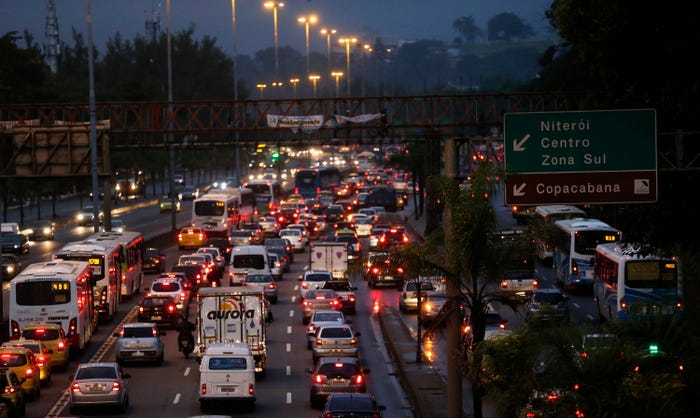
Bill 141/2019, submitted to the City Council by Mayor Marcelo Crivella, proposes profound transformations – mostly in the form of deregulation – to Rio’s urban planning framework.
If passed, the legislation would make sweeping changes to the rules governing urban development – particularly new housing construction – across the city, and would retroactively legalize existing subdivisions built without legal authorization.
In practice, it would also render the City’s Master Plan, and many of the building codes and planning practices that derive from it, largely irrelevant as a means for managing the trajectory of Rio de Janeiro’s future.
A Master Plan may seem like an arcane document, but the long-term vision and public policy principles it embodies lie at the very heart of modern urban planning practice.
Periodically revised to keep pace with urban change, it offers both an analysis of a city’s contemporary dynamics – and shortcomings – and an assessment of future patterns of growth (or decline) and likely areas of public need and governmental action.
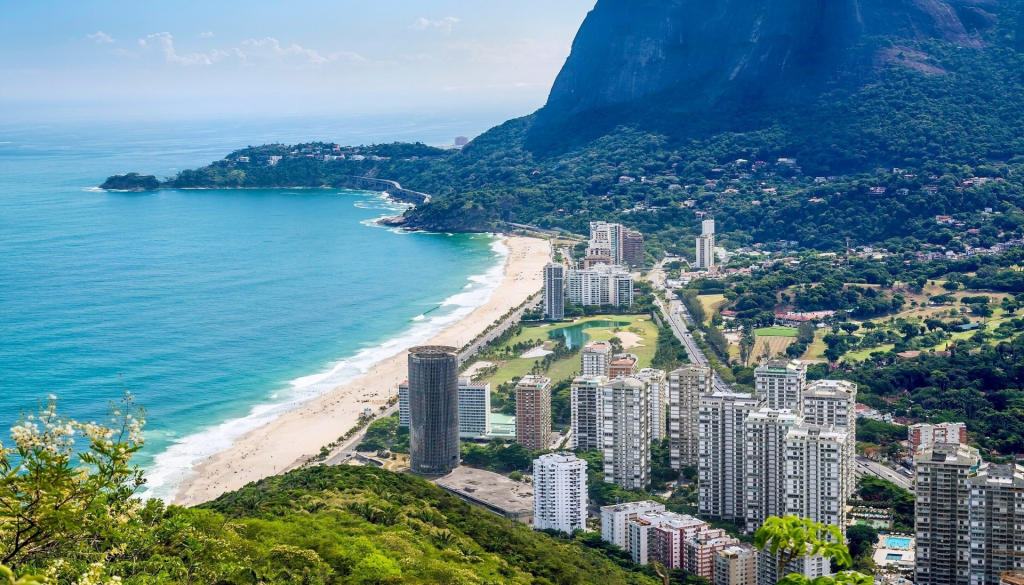
As such, it provides city planners and policymakers with a framework to respond to potential urban scenarios – in areas as diverse as land-use change, housing supply and demand, transportation and traffic planning, environmental protection, parks and community service provision – in a manner that conforms to broader public objectives such as inclusivity, equity and sound resource management.
In terms of city governance, it is almost impossible to manage, coherently and responsibly, a large urban area without recourse to a comprehensive Master Plan and the principles of urban planning which inform it. As a document of collective urban vision, it is nothing short of a dynamic blueprint for how a city can achieve its most socially desirable and environmentally sound potential.
It is the very necessity for such impartial and long-term planning that makes the proposals of Bill 141 so alarming and potentially consequential. If enacted, it would effectively deregulate the urban development process in Rio de Janeiro, subjugating the long-term social and environmental concerns of urban planning to the short-term imperatives of profit-making.
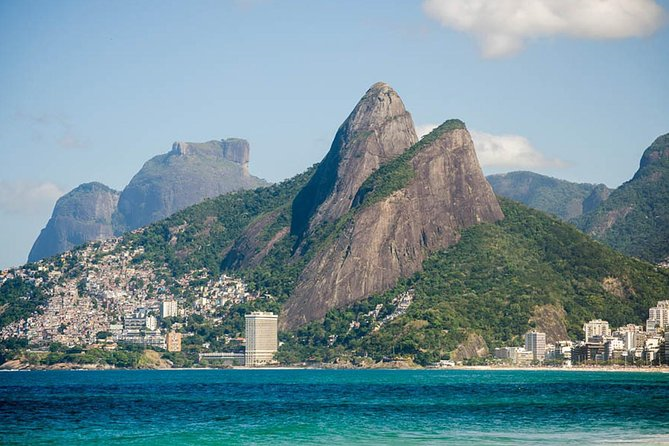
The major changes that are currently being considered by the City Council include the following:
Opening the hills of the Southern Zone to new urbanization by permitting the construction of roads up to one hundred meters above sea-level. Currently, urban development on hillsides is generally capped at sixty meters above sea level (fifty meters in Laranjeiras).
Allowing the construction of more concentrated clusters of houses higher on those hillsides – up to 100 meters above sea level. Current restrictions limit the height at which housing can be constructed (60 meters) and limits the size and density of those developments.
Relaxing building size regulations for neighborhoods in the Zona Sul and Barra. The existing minimum dwelling size in these areas is 35 square meters. The new regulations would enable property developers to average apartment size over an entire building – allowing smaller apartments in buildings which contain also larger units.
Social and sports clubs will be allowed to use up to 20 percent of their real estate for a land-use of a different designation (commercial or retail uses, for example). Currently, clubs are restricted to the pursuit of the leisure activities for which they are incorporated on their land.
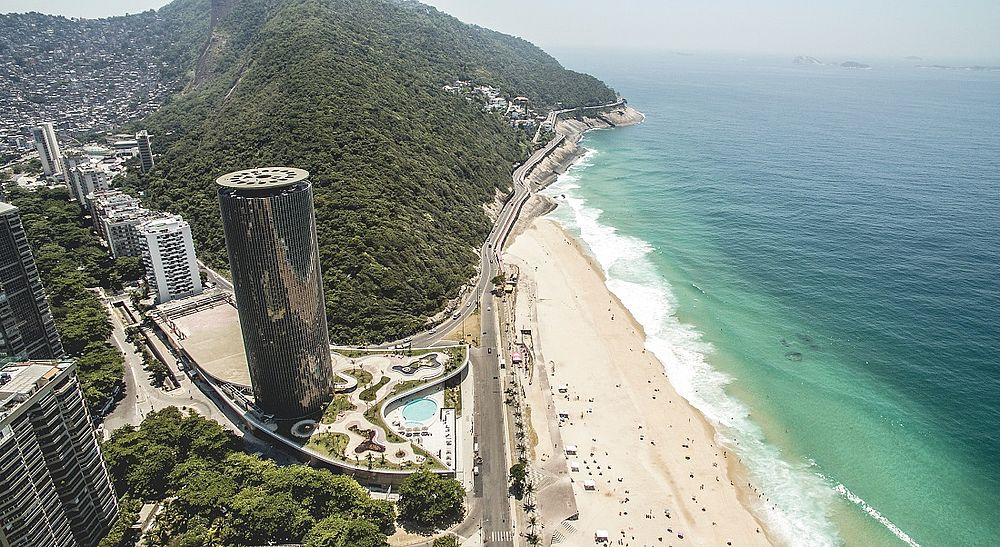
Retrospectively legalizing private condominiums that have been built without approval on streets designated as public (without requiring compensatory donations of land to the city for schools or public squares). This provision primarily affects neighborhoods in the city’s Western Zone with large numbers of illegal condominiums.
Legitimizing much larger make-shift additions to existing multi-story buildings. At present a top floor addition is limited to a maximum of 50 percent of the area of the floor beneath, but the proposal will allow owners of more than three floors to construct an “add-on” floor of up to 70 percent of the one beneath.
Taken as a whole, Bill 141 represents a full-scale assault on the principles of urban planning as they have historically been practiced in Rio de Janeiro, ultimately rendering the city’s Master Plan and its associated codes and practices largely meaningless.
But there is much more at stake here than questions of principle: if enacted, these initiatives will not only change the appearance of the city – and its trademark topography – they will profoundly transform the experience of living in Rio de Janeiro.
For example, the proposed deregulation – or, more accurately, abandonment – of existing building construction codes via the legalization of illicit structures could literally be life-threatening.
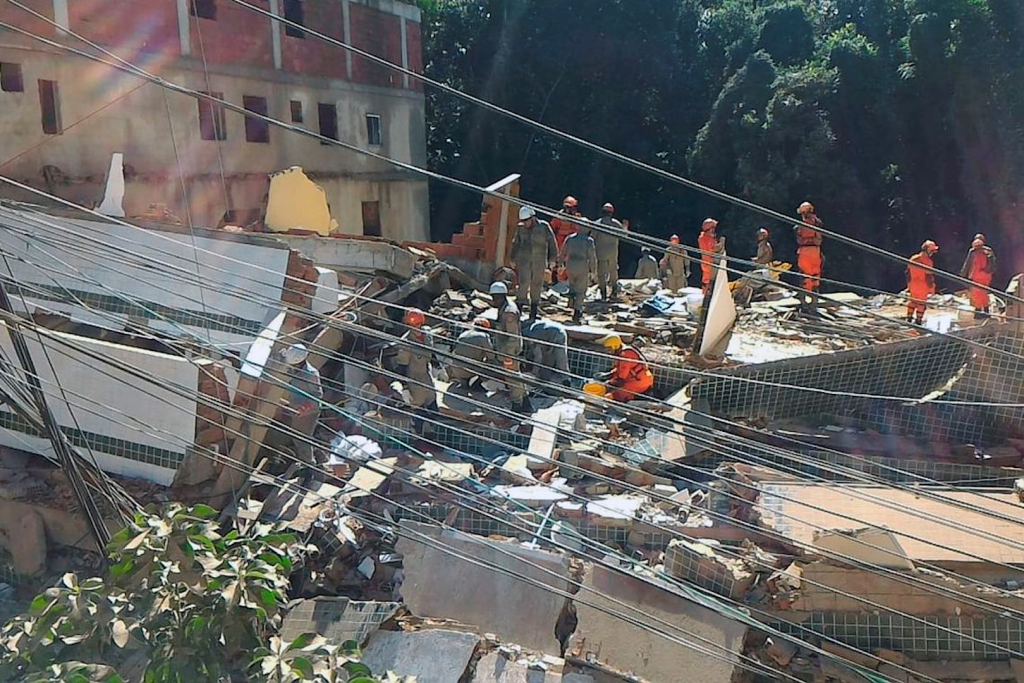
Given the city’s recent history of unregulated building collapse – precisely in the Western Zone neighborhoods the initiative explicitly targets – this is a move in exactly the wrong direction.
Surely, the City Council should be acting to safeguard the interests of all its citizens – not legitimizing the land grabs and shoddy construction practices of the militia groups that control much of the Western Zone?
It is also clear that the proposals aimed at stimulating new property construction, such as those seeking to raise construction altitude limits and lower apartment size constraints, are intended to further intensify urban development in the region’s most expensive real estate markets – and particularly on the city’s fragile hillslopes where spectacular ocean vistas offer the lure of premium profits.
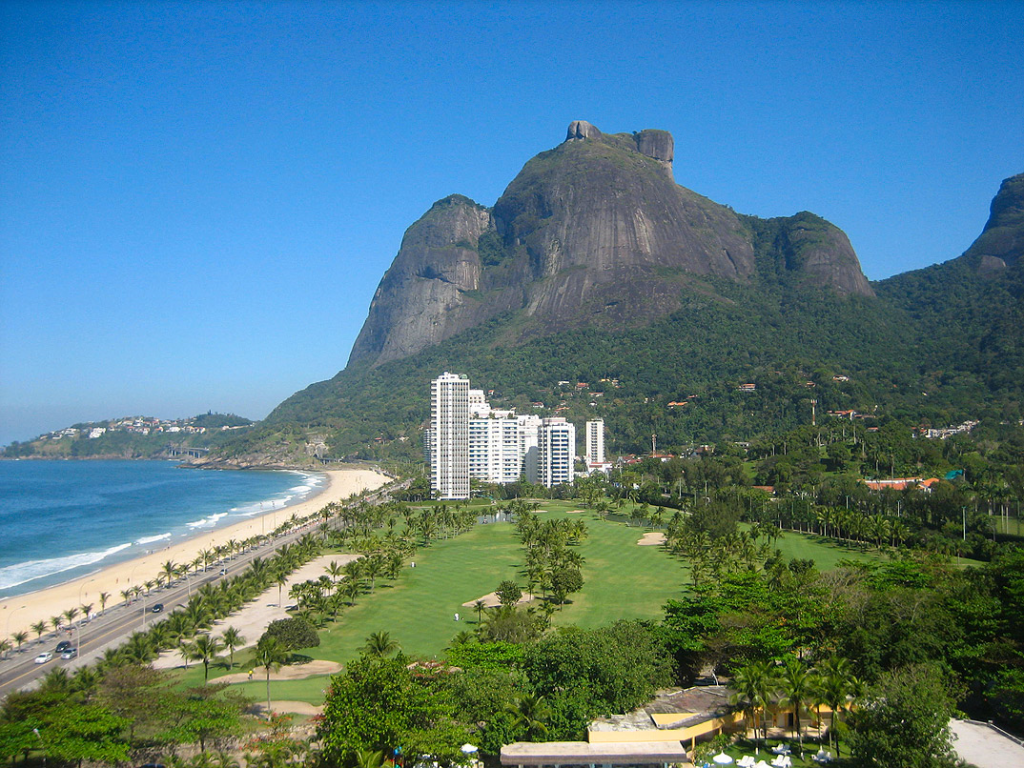
While this may engender a short-term bonanza for property developers and real estate interests, intensifying urbanization on the city’s hills will ultimately compound existing problems of illegal occupation, deforestation, and hillside collapse.
Likewise, increasing pressure on a decrepit and failing infrastructure – through population densification – means that the already dysfunctional traffic patterns of the Zona Sul – from Barra to Centro – are only likely to worsen.
The enforced closure of the Avenida Niemeyer – and the associated bottleneck at the Tunnel Zuzu Angel – are but a taste of a life to come!
Bill 141 offers Rio de Janeiro a retrograde future which prioritizes profiteering over planned growth and chaos over responsible environmental stewardship. Its adoption into law will constitute nothing less than an abdication of responsibility on the part of the City Council to govern the city honestly for the good of all its inhabitants.

